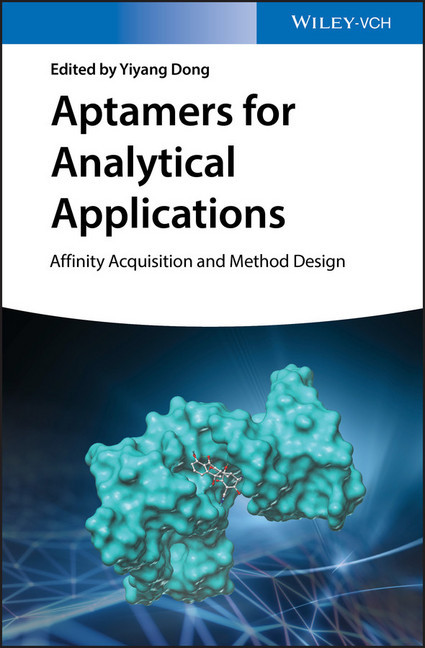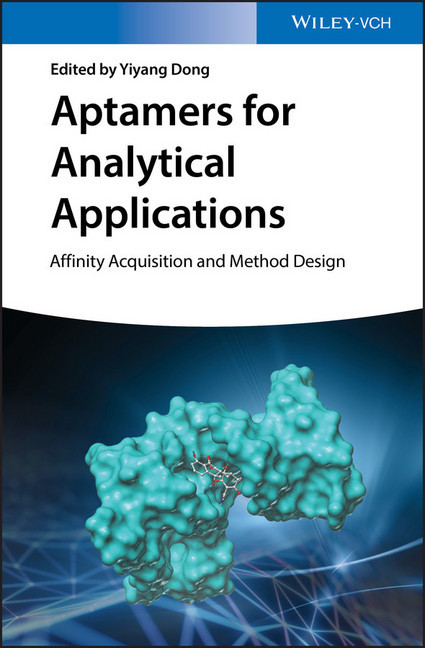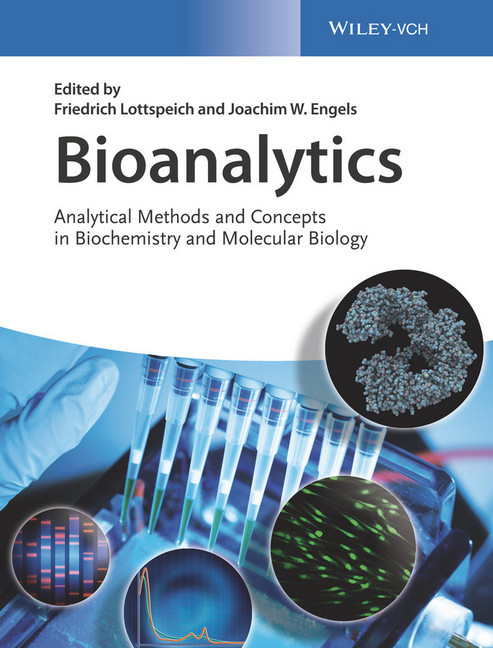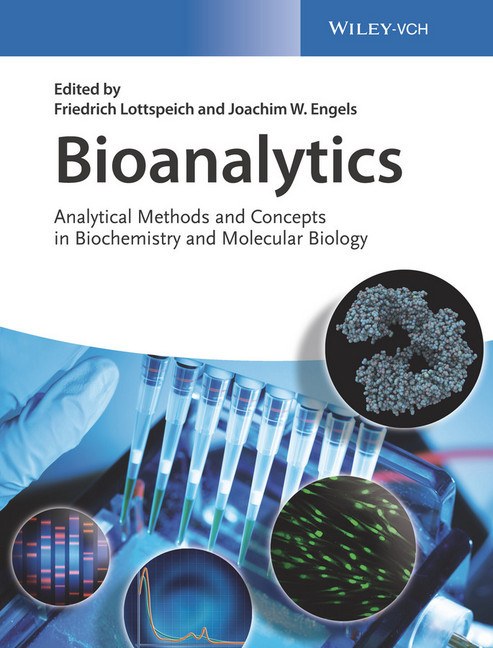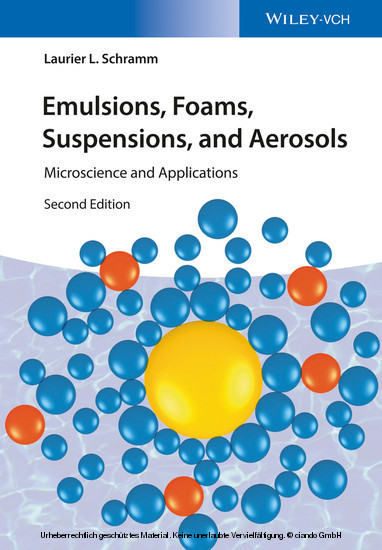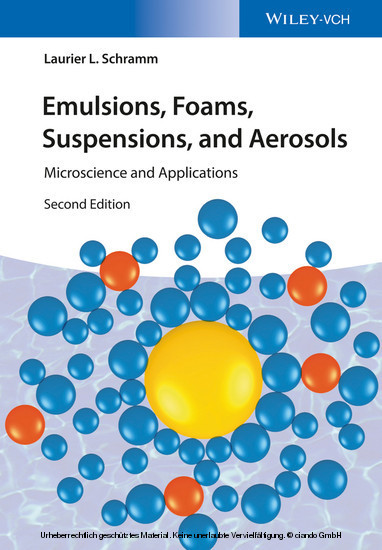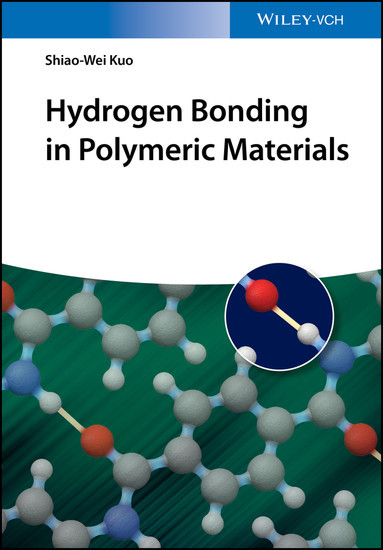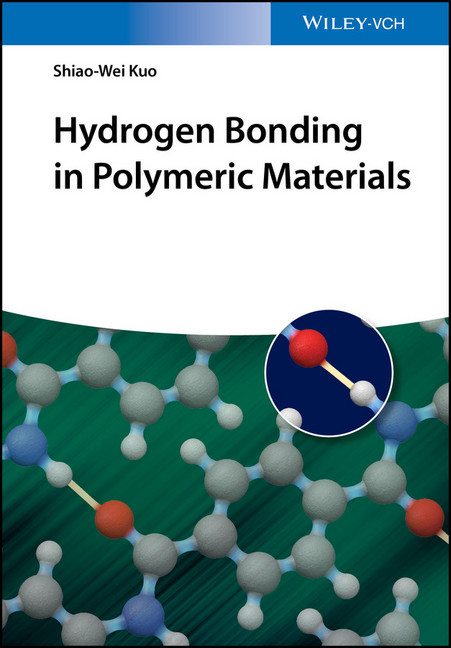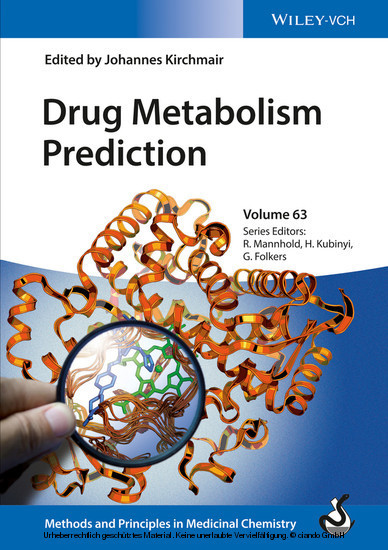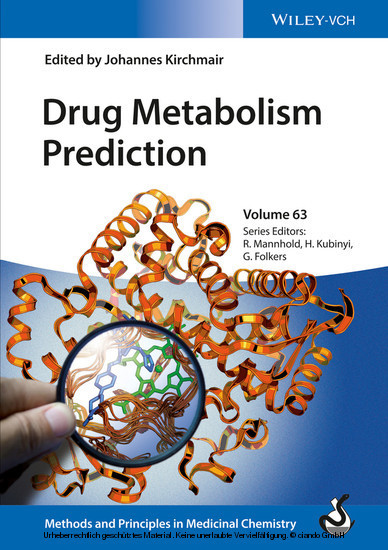Aptamers for Analytical Applications
Affinity Acquisition and Method Design
An essential guide that puts the focus on method developments and applications in aptamers
In recent years, aptamer-based systems have been developed for a wide-range of analytical and medical applications. Aptamers for Analytical Applications offers an introduction to the topic, outlines the common protocols for aptamer synthesis, as well as providing information on the different optimization strategies that can obtain higher affinities to target molecules. The contributors?noted experts on the topic?provide an in-depth review of the characterization of aptamer-target molecule interaction and immobilization strategies and discuss the developments of methods for all the relevant applications.
The book outlines different schemes to efficiently immobilize aptamers on substrates as well as summarizing the characterization methods for aptamer-ligand complexes. In addition, aptamer-based colorimetric, enzyme-linked, fluorescent, electrochemical, lateral flow and non-labeling analytical methods are presented. The book also reflects state-of-the-art and emerging applications of aptamer-based methods. This important resource:
-Provides a guide to aptamers which provide highly specific and sensitive molecular recognition, with affinities in the range of antibodies and are much cheaper to produce
-Offers a discussion of the analytical method developments and improvements with established systems and beyond
-Offers a comprehensive guide to all the relevant application areas
-Presents an authoritative book from contributors who are noted experts in the field
Written for analytical chemists, biochemists, analytical researchers, Aptamers for Analytical Applications is a comprehensive book that adopts a methodological point of view to the important aspects of aptamer generation and modification with a strong emphasis on method developments for relevant applications.
In recent years, aptamer-based systems have been developed for a wide-range of analytical and medical applications. Aptamers for Analytical Applications offers an introduction to the topic, outlines the common protocols for aptamer synthesis, as well as providing information on the different optimization strategies that can obtain higher affinities to target molecules. The contributors?noted experts on the topic?provide an in-depth review of the characterization of aptamer-target molecule interaction and immobilization strategies and discuss the developments of methods for all the relevant applications.
The book outlines different schemes to efficiently immobilize aptamers on substrates as well as summarizing the characterization methods for aptamer-ligand complexes. In addition, aptamer-based colorimetric, enzyme-linked, fluorescent, electrochemical, lateral flow and non-labeling analytical methods are presented. The book also reflects state-of-the-art and emerging applications of aptamer-based methods. This important resource:
-Provides a guide to aptamers which provide highly specific and sensitive molecular recognition, with affinities in the range of antibodies and are much cheaper to produce
-Offers a discussion of the analytical method developments and improvements with established systems and beyond
-Offers a comprehensive guide to all the relevant application areas
-Presents an authoritative book from contributors who are noted experts in the field
Written for analytical chemists, biochemists, analytical researchers, Aptamers for Analytical Applications is a comprehensive book that adopts a methodological point of view to the important aspects of aptamer generation and modification with a strong emphasis on method developments for relevant applications.
Yiyang Dong, PhD, is Professor and Director of the Food Safety & Risk Assessment Laboratory of Beijing University of Chemical Technology (BUCT) in Beijing, China.
1;Cover;1 2;Title Page;5 3;Copyright;6 4;Contents;9 5;About the Author;17 6;Foreword;19 7;Preface;21 8;Chapter 1 Introduction of SELEX and Important SELEX Variants;23 8.1;1.1 SELEX;23 8.2;1.2 Negative SELEX and Its Analogs;25 8.3;1.3 One?Round SELEX;27 8.4;1.4 CE?SELEX;28 8.5;1.5 Microfluidic SELEX;30 8.6;1.6 Cell?SELEX;32 8.7;1.7 In Silico?SELEX;34 8.8;1.8 Post?SELEX and In Chemico?SELEX;36 8.9;1.9 Auto?SELEX;39 8.10;1.10 Primer?Free SELEX;39 8.11;1.11 Genomic SELEX;40 8.12;1.12 Photo?SELEX;41 8.13;1.13 qPCR?SELEX;41 8.14;1.14 Perspectives;42 8.15;References;43 9;Chapter 2 In Chemico Modification of Nucleotides for Better Recognition;49 9.1;2.1 Introduction;49 9.1.1;2.1.1 Beyond ATGC;49 9.1.2;2.1.2 The Scope of This Chapter;51 9.2;2.2 Modified Functional Nucleic Acids;52 9.2.1;2.2.1 The "Hows";52 9.2.1.1;2.2.1.1 Post?SELEX Optimization;52 9.2.1.2;2.2.1.2 In?line Modifications;52 9.2.2;2.2.2 The "Whys";53 9.2.2.1;2.2.2.1 The Hurdles;53 9.2.2.2;2.2.2.2 The Gains;54 9.2.3;2.2.3 The "Ifs";55 9.3;2.3 Backbone Modifications;57 9.3.1;2.3.1 2??OH Modifications;58 9.3.2;2.3.2 Phosphodiester Bond Modifications;58 9.3.3;2.3.3 Xeno Nucleic Acids;60 9.3.3.1;2.3.3.1 TNA;61 9.3.3.2;2.3.3.2 FANAs;61 9.3.3.3;2.3.3.3 HNA, CeNA, LNA, ANA;61 9.3.3.4;2.3.3.4 Other Modifications;62 9.4;2.4 Nucleobase Modifications;62 9.4.1;2.4.1 General Information;62 9.4.2;2.4.2 Modified Aptamers and Catalysts;64 9.4.2.1;2.4.2.1 Introduction of Cationic Moieties;64 9.4.2.2;2.4.2.2 Catalysts with Protein?like Sidechains;65 9.4.2.3;2.4.2.3 Nucleobase?linked Nucleobases;66 9.4.2.4;2.4.2.4 Glycans Targeting with Boronic Acids;66 9.4.2.5;2.4.2.5 "Click Chemistry"-Based Versatile Approach;67 9.4.2.6;2.4.2.6 Nonenzymatic Selection - X?aptamers;67 9.4.2.7;2.4.2.7 Slow Off?rate Modified Aptamers;68 9.5;2.5 Aptamers with Expanded Genetic Alphabet;70 9.5.1;2.5.1 GACTZP Aptamers;70 9.5.2;2.5.2 Aptamers with a Hydrophobic Fifth Base;72 9.6;2.6 Summary;74 9.7;References;90 10;Chapter 3 Immobilization of Aptamers on Substrates;107 10.1;3.1 Introduction;107 10.2;3.2 Methods for Immobilization of Aptamers;109 10.2.1;3.2.1 Physical Adsorption;109 10.2.2;3.2.2 Covalent Binding;110 10.2.2.1;3.2.2.1 Covalent Immobilization of Activated Aptamers on a Functionalized Surface;110 10.2.2.2;3.2.2.2 Covalent Immobilization of Modified Aptamers on Activated Surfaces;114 10.2.2.3;3.2.2.3 Covalent Immobilization by Entrapment;117 10.2.2.4;3.2.2.4 Covalent Immobilization by Electrografting;119 10.2.3;3.2.3 Self?assembled Monolayers;120 10.2.4;3.2.4 Avidin-Biotin Binding (Affinity Coupling);122 10.2.5;3.2.5 Electrochemical Adsorption;123 10.2.6;3.2.6 Hybridization;123 10.3;3.3 Immobilization of Aptamers on Substrates for Diagnostic Applications;124 10.3.1;3.3.1 Flat Gold;124 10.3.1.1;3.3.1.1 Surface Plasmon Resonance Detection;131 10.3.1.2;3.3.1.2 Electrochemical Detection;131 10.3.2;3.3.2 Solid Phase;133 10.3.2.1;3.3.2.1 Optical Detection;134 10.3.2.2;3.3.2.2 Sample Cleanup;136 10.3.3;3.3.3 Nanomaterials;137 10.4;3.4 Future Perspectives on New Substrates and New Immobilization Chemistries;138 10.5;3.5 Conclusions;139 10.6;References;141 11;Chapter 4 Characterization of Aptamer-Ligand Complexes;149 11.1;4.1 Introduction;149 11.2;4.2 Equilibrium Characterization: Thermodynamics;150 11.2.1;4.2.1 Basic Principles;150 11.2.2;4.2.2 Separation?Based Methods;155 11.2.2.1;4.2.2.1 Equilibrium Dialysis and Related Techniques;155 11.2.2.2;4.2.2.2 High?Performance Liquid Chromatography;157 11.2.2.3;4.2.2.3 Electrophoresis;158 11.2.3;4.2.3 Direct Methods;159 11.2.3.1;4.2.3.1 Isothermal Titration Calorimetry;160 11.2.3.2;4.2.3.2 Fluorescence?Based Methods;162 11.3;4.3 Kinetic Characterization;168 11.3.1;4.3.1 Heterogeneous Methods;170 11.3.1.1;4.3.1.1 Surface Plasmon Resonance;170 11.3.1.2;4.3.1.2 Electrochemical Impedance Spectroscopy;174 11.3.2;4.3.2 Homogeneous Methods;176 11.3.2.1;4.3.2.1 Rotating Droplet Electrochemistry;176 11.3.2.2;4.3.2.2 Capillary Electrophoresis;179 11.3.2.3;4.3.2.3 Nanopore?Based S
Dong, Yiyang
| ISBN | 9783527806829 |
|---|---|
| Artikelnummer | 9783527806829 |
| Medientyp | E-Book - PDF |
| Copyrightjahr | 2018 |
| Verlag | Wiley-VCH |
| Umfang | 432 Seiten |
| Sprache | Englisch |
| Kopierschutz | Adobe DRM |

